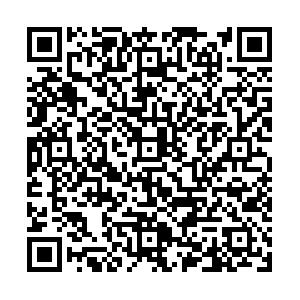Abstract:
Objective To investigate the characteristics of pathogenic bacteria and serum IL-2, IL-6, CRP, PCT levels in postoperative wound infection of calcaneal fractures.
Methods From January, 2012 to December, 2017, 300 patients with calcaneal fractures in Huzhou Central Hospital and Zhuji People's Hospital were selected. The etiology and drug resistance of exudates or secretions at the incision site after the acquisition were determined. The serum IL-2, IL-6, CRP and PCT levels were measured.
Results In the 300 patients with calcaneal fractures, 49 cases had postoperative wound infections, and the infection rate was 16.33%. A total of 78 strains of pathogenic bacteria were cultivated in 49 cases of postoperative wound infections. There were 31 strains Gram-positive bacteria,accounting for 39.74%; 42 strains Gram-negative bacteria, accounting for 53.85%; and 5 strains fungi,accounting for 6.41%. The gram-positive bacteria were mainly Staphylococcus aureus, accounting for 24.36%; the Gram-negative bacteria were mainly Escherichia coli, accounting for 29.49%. The Staphylococcus aureus was highly resistant to penicillin G, oxacillin, ampicillin, erythromycin and ciprofloxacin, the drug resistance rates were 94.74%, 89.47%, 84.21%, 78.95% and 73.68%, respectively, the drug resistance rates to vancomycin, teicoplanin and linezolid was 0.00%. The resistance rates of Escherichia coli to ampicillin, cefazolin, ceftazidime,cefepime and cefotaxime were high, the drug resistance rates were 100.00%, 86.96%, 82.61%, 78.26% and 73.91%, respectively, the drug resistance rates to imipenem and meropenem were 0.00%. The serum levels of IL-2, IL-6, CRP and PCT in the incision infection group were higher than those in the control group (
t=22.580,48.129,32.237,83.116,
P<0.001).
Conclusion The main pathogens of incision infection after calcaneal fractures are gram-negative bacteria. The main pathogens are Escherichia coli and Staphylococcus aureus.The main pathogens have serious drug resistance. The serum IL-2, IL-6, CRP, PCT levels in patients with incision infection after calcaneal fractures are increased.

 点击查看大图
点击查看大图



 下载:
下载:
